Dubai, August 2: Billawas Dubai & Northern Emirates, one of the premier charity organization, successfully participated in the blood donation camp organized by Latifa Hospital (Formerly known as Al Wasl Hospital) for the month of Ramadan, recently.
The campaign was began at 8.00 pm and closed at 10.30 pm. A large number of members lined up to donate the blood until the end.
Every minute of every day, someone needs blood. That blood can only come from a volunteer donor, a person like you who makes the choice to donate. There is no substitute for your donation. In the developed world, most blood donors are unpaid volunteers who give blood for a community supply. In poorer countries, established supplies are limited and donors usually give blood when family or friends need a transfusion. Many donors donate as an act of charity and donating is relatively safe.
Donor safety:
The donor is also examined and asked specific questions about their medical history to make sure that donating blood is not hazardous to their health. The donor's hematocrit or hemoglobin level is tested to make sure that the loss of blood will not make them anemic, and this check is the most common reason that a donor is ineligible. Pulse, blood pressure, and body temperature are also evaluated. Elderly donors are sometimes also deferred on age alone because of health concerns. The safety of donating blood during pregnancy has not been studied thoroughly, and pregnant women are usually deferred.
Whole blood:
The most common method is collecting the blood from the donor's vein into a container. The amount of blood drawn varies from 200 milliliters to 550 milliliters depending on the country, but 450-500 milliliters is typical. The blood is usually stored in a flexible plastic bag that also contains sodium citrate, phosphate, dextrose, and sometimes adenine. This combination keeps the blood from clotting and preserves it during storage. Other chemicals are sometimes added during processing.
Recovery and time between donations:
Donors are usually kept at the donation site for 10–15 minutes after donating since most adverse reactions take place during or immediately after the donation. Blood centers typically provide light refreshments or a lunch allowance to help the donor recover. The needle site is covered with a bandage and the donor is directed to keep the bandage on for several hours.
Donated plasma is replaced after 2–3 days. Red blood cells are replaced by bone marrow into the circulatory system at a slower rate, on average 36 days in healthy adult males. These replacement rates are the basis of how frequently a donor can give blood.
Once you have given blood, you should have a short rest before being given some refreshments usually a drink and biscuits. All in all giving blood shouldn't take more than an hour. Please remember to have something to eat and drink before you give blood.
Male donors can give blood every 12 weeks. That’s approximately every 3 months or 4 times in a 12 month period. Female donors can give every 16 weeks or approximately every 4 months.
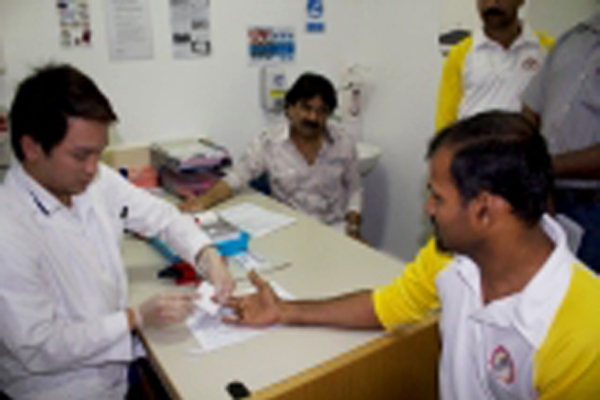
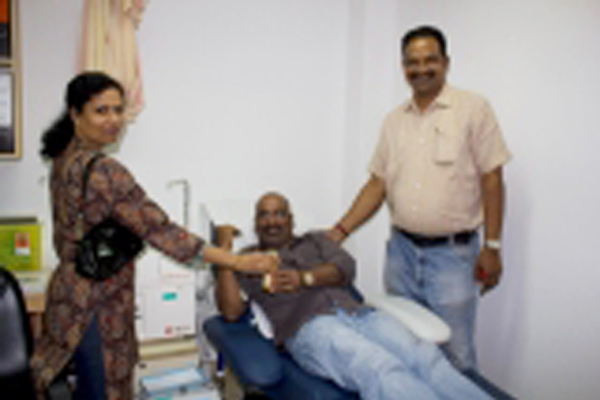
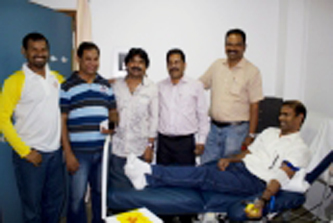
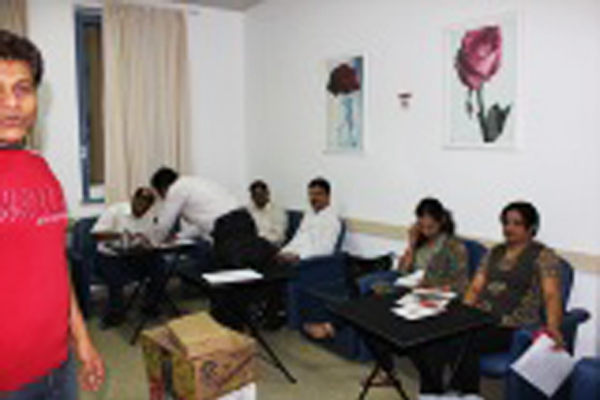
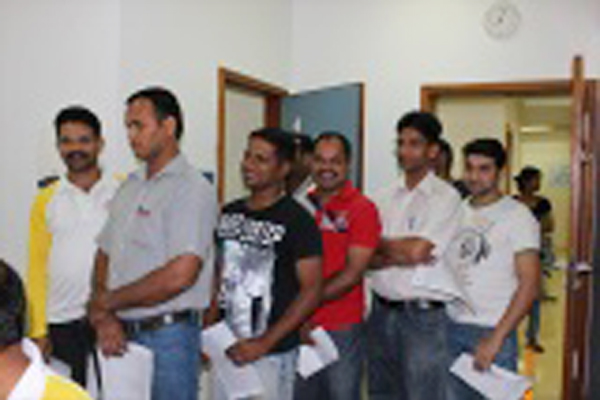

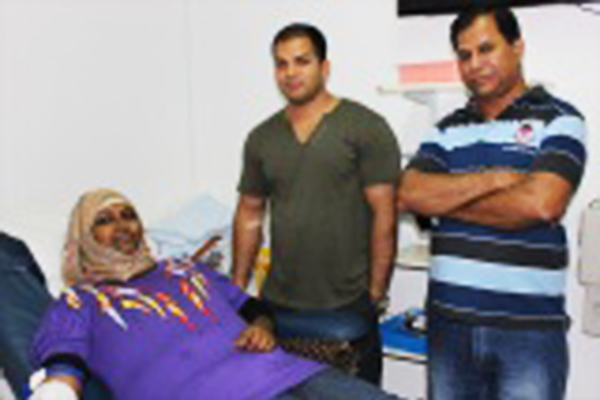




Comments
Add new comment